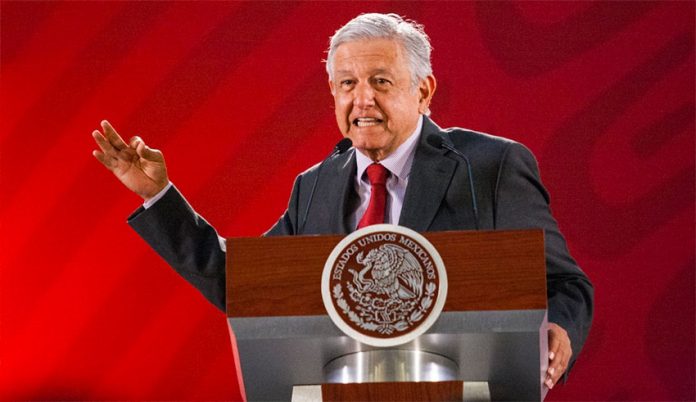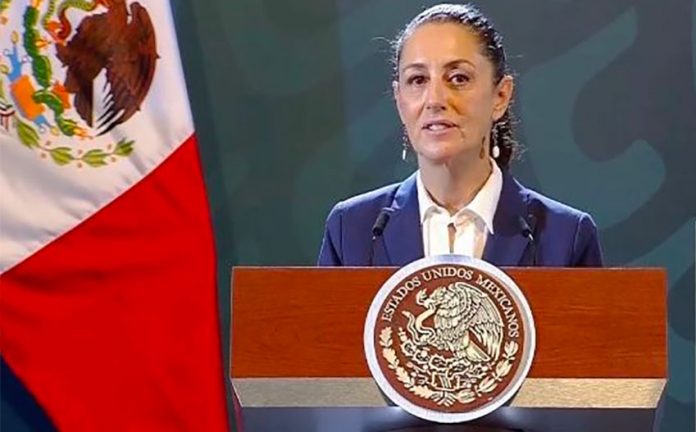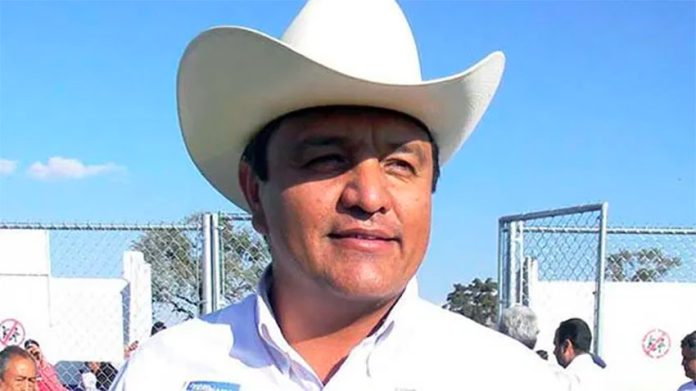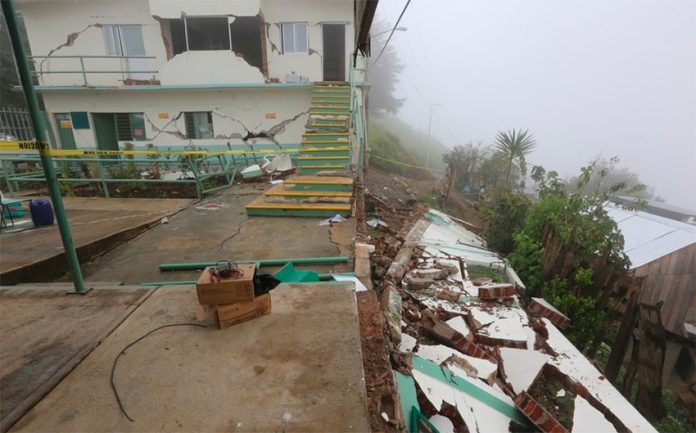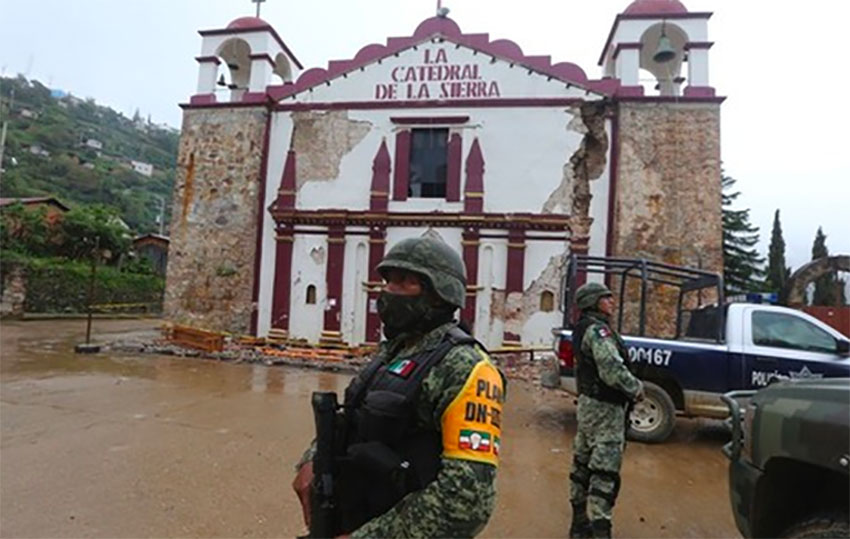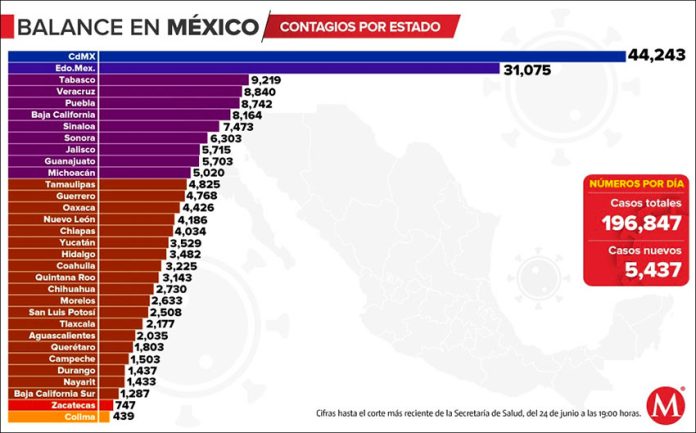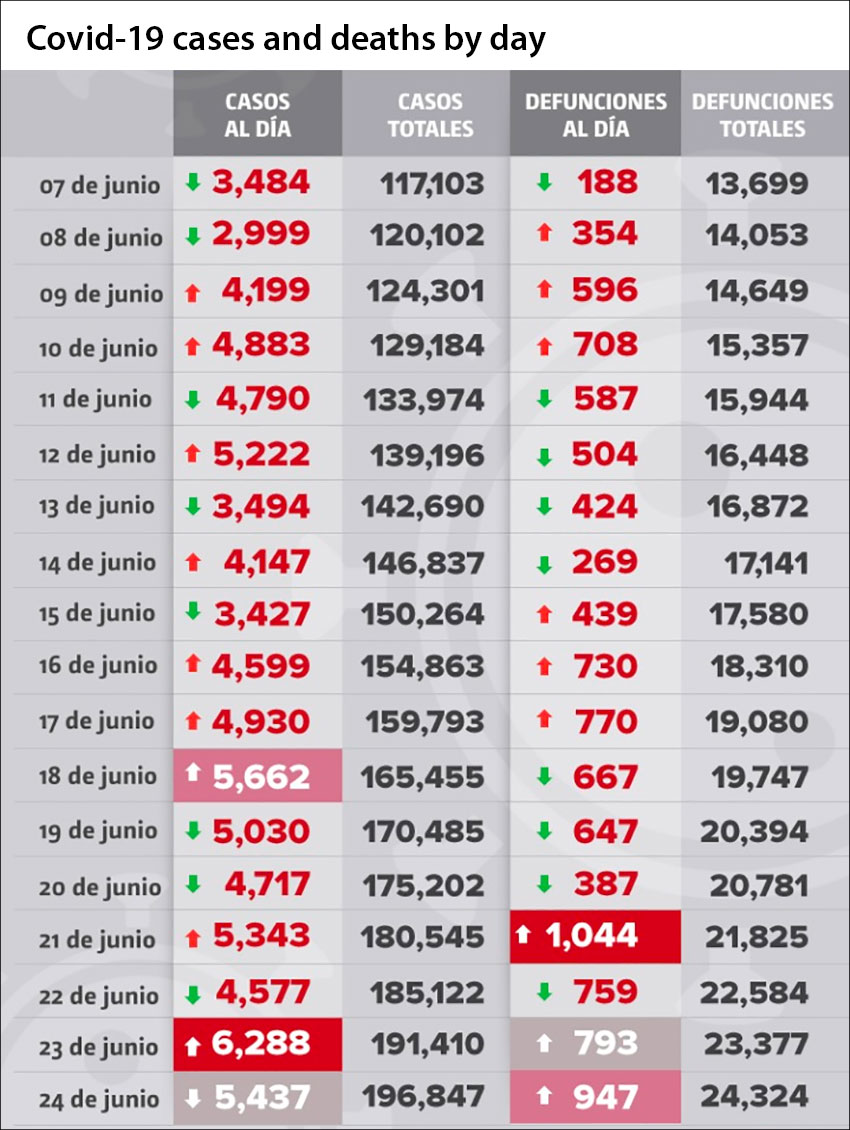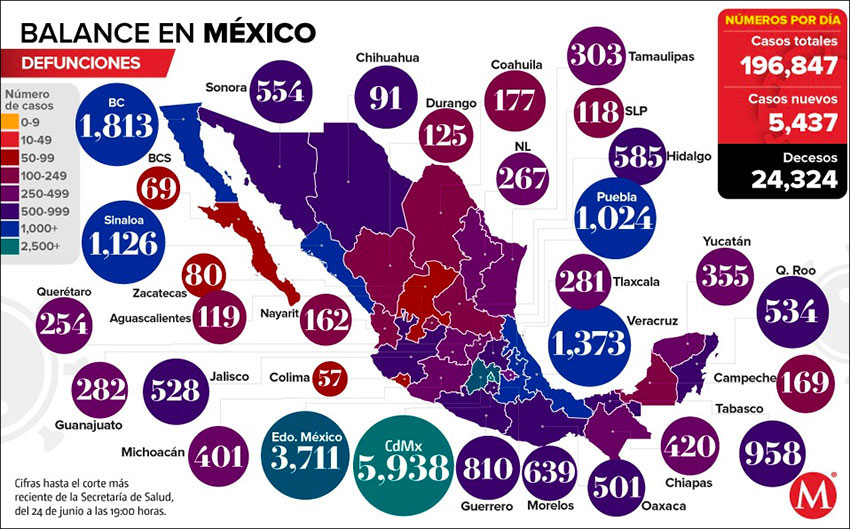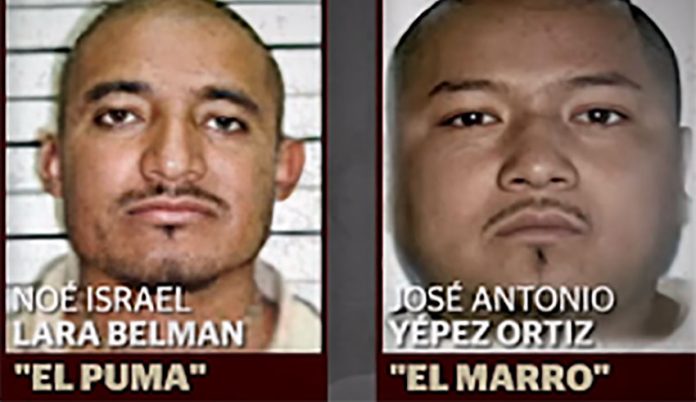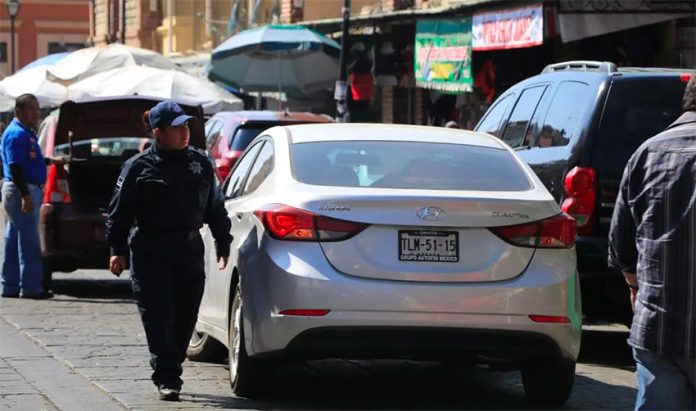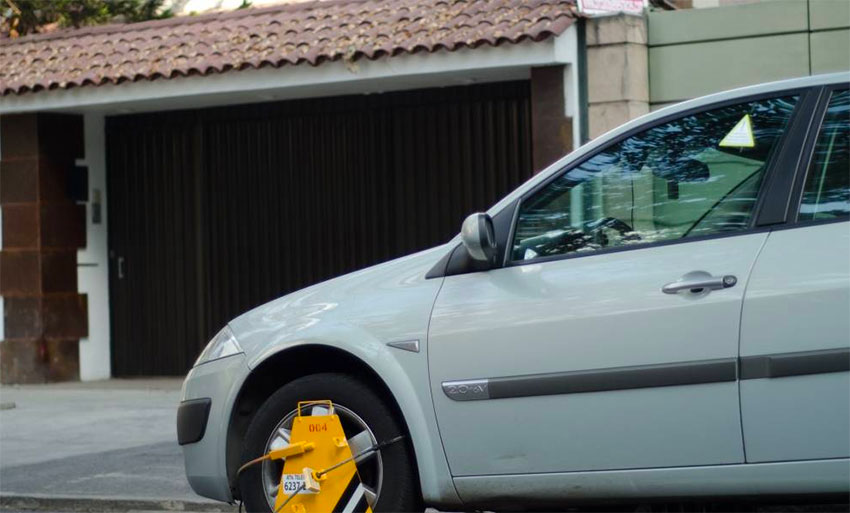Cartel gunmen clashed Wednesday morning in Tepuche, Sinaloa, a group of small rural communities near Culiacán, leaving 15 people dead. They are presumed to have been feuding members of the Sinaloa Cartel.
In one attack, seven men clad in body armor and tactical gear and brandishing assault rifles were killed.
And in a separate incident, eight armed men were killed in the town of Bagrecitos after they opened fire on homes and vehicles.
Two bodies were found near the cemetery, one in the brush, and others inside homes.
Sinaloa Public Security Minister Cristóbal Castañeda Camrillo initially dismissed reports of the shootings as rumors until they were confirmed late yesterday afternoon.
The region has seen a wave of violence in recent months, including last week when a group of armed men in a convoy of pickup trucks ambushed and attacked navy marines while they were patrolling a dirt road. One marine was injured.
Much of the violence is blamed on rival factions of the Sinaloa Cartel battling for turf and power.
The Sinaloa Cartel has been under the control of Ismael “El Mayo” Zambada since Joaquín “El Chapo” Guzmán’s incarceration.
However, some cartel members, headed by El Chapo’s children and known as “Los Chapitos,” refuse to recognize his authority after Zambada’s brother and son testified against El Chapo in 2018 exchange for a plea deal.
Tensions within the cartel have been brewing for some time.
Last October, when the cartel descended on the city of Culiacán in order to force the government to release El Chapo’s son, Ovidio Guzmán, Zambada was reportedly opposed to Ovidio’s release and did not participate. Los Chapitos are said to have viewed this as a slight.
The divide intensified when Zambada’s right-hand man, known as “El Ruso,” was alleged to have been behind the November 2019 kidnapping and torture of 11 police officers who were on the payroll of Los Chapitos. When Los Chapitos demanded that Zambada hand over El Ruso, he refused.
Since then, eruptions of violence in the area have become commonplace.
Security Minister Castañeda has asked that the National Guard intervene to help de-escalate the violence in and around Tepuche.
“A request was made by the state government to the National Guard to increase the number of troops in that area. We have five bases operating and 10 more bases were requested to operate in that area,” he explained.

